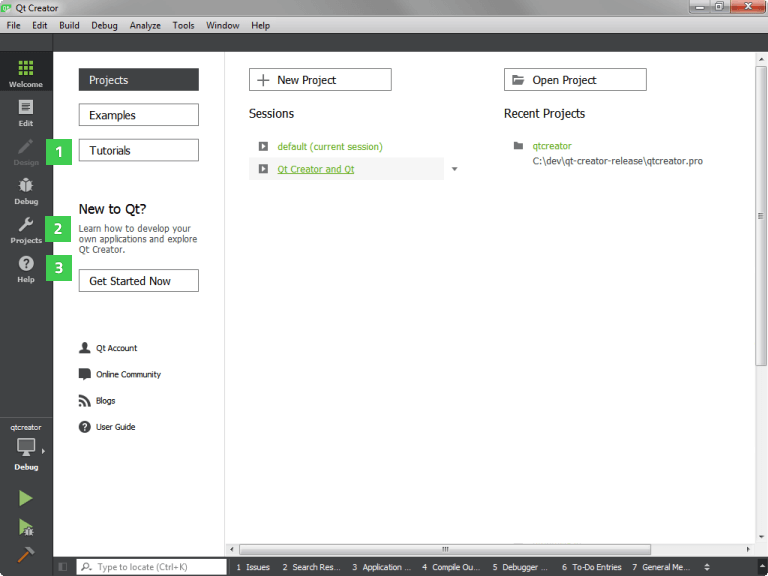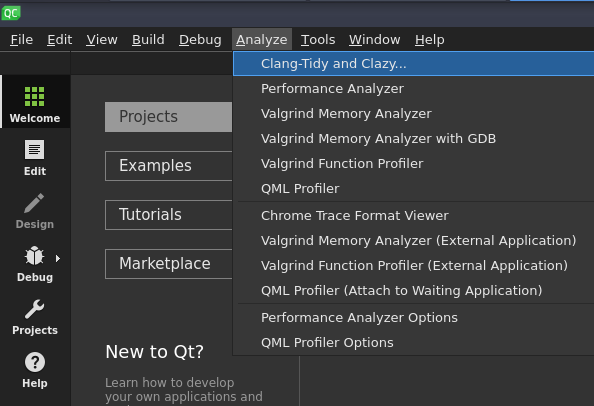

But here we’ll mainly focus on just getting your Qt app signed with the least hassle possible.

There’s in-depth documentation on the Microsoft docs about this. Now moving on to the main topic at hand… Step 3 – Signing In my opinion a better option is Inno Setup which has the unfortunate limitation of only running on Windows. Personally, I have not had the greatest experience using Qt Installer Framework and found it way too cumbersome to customize. Since we’re using Qt the first choice of installer would probably be the Qt Installer Framework. After deploying your Qt application to binaries you wrap them up in a neat installer. The general idea, however, stays the same. There’s quite a few ways to go about this. Installers are an optional step as you can directly sign the binaries, but are useful to the user if they want a clean install/uninstall of your app.
QT CREATOR WINDOWS .EXE
exe if that’s all you want to distribute. You can just zip this folder and send it around and it should work (on the platform you build it for), if you would also like an installer continue to the next step otherwise skip to signing. exe runnable outside Qt creator (or if the user does not have Qt dlls in their path). Simply cd into the directory of your release build and run windeployqt: cd C:\path-to-build\build-awesomeapp-stuff-Release\release Select a build environment and you will have access to windeployqt in the console. Type Qt into the Windows search bar and see: Though that might be a hassle, so you can just run it in the default build environment.
QT CREATOR WINDOWS FULL
For ease of use you can add the windeployqt tool to your PATH so you can execute it directly in the /release folder (or just use the full path name). If you’re using Qt creator the default build folder is usually named build-…-Release/release. This will create the necessary files for the windeployqt tool. To get started build a release version of you application. It does not however handle anything beyond that, which includes creating an installer and actually singing your app (so your users don’t get that scary warning popup 😬).įor the sake of completeness, let’s do a quick overview (or just skip to signing) Packaging QT Windows Apps Step 1 – Deploying (windeployqt) Windeployqt will then generate the appropriate binaries to allow execution of. You just made your brand spanking new QT app, now how do you sign and deploy it on Windows?Ī common tool for deploying QT applications on Windows is windeployqt, while that’s great for just deploying your app, how do you actually sign it?


 0 kommentar(er)
0 kommentar(er)
